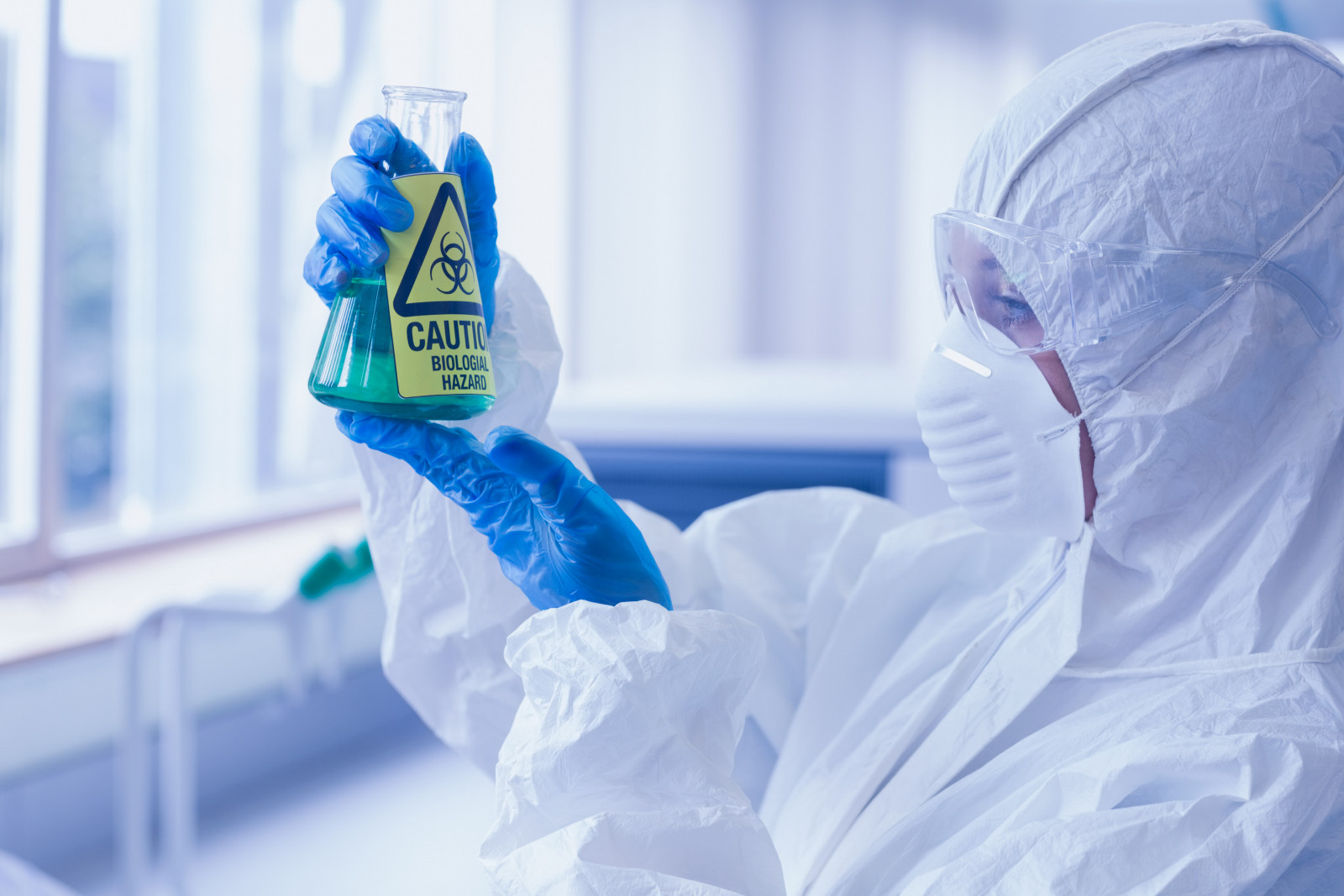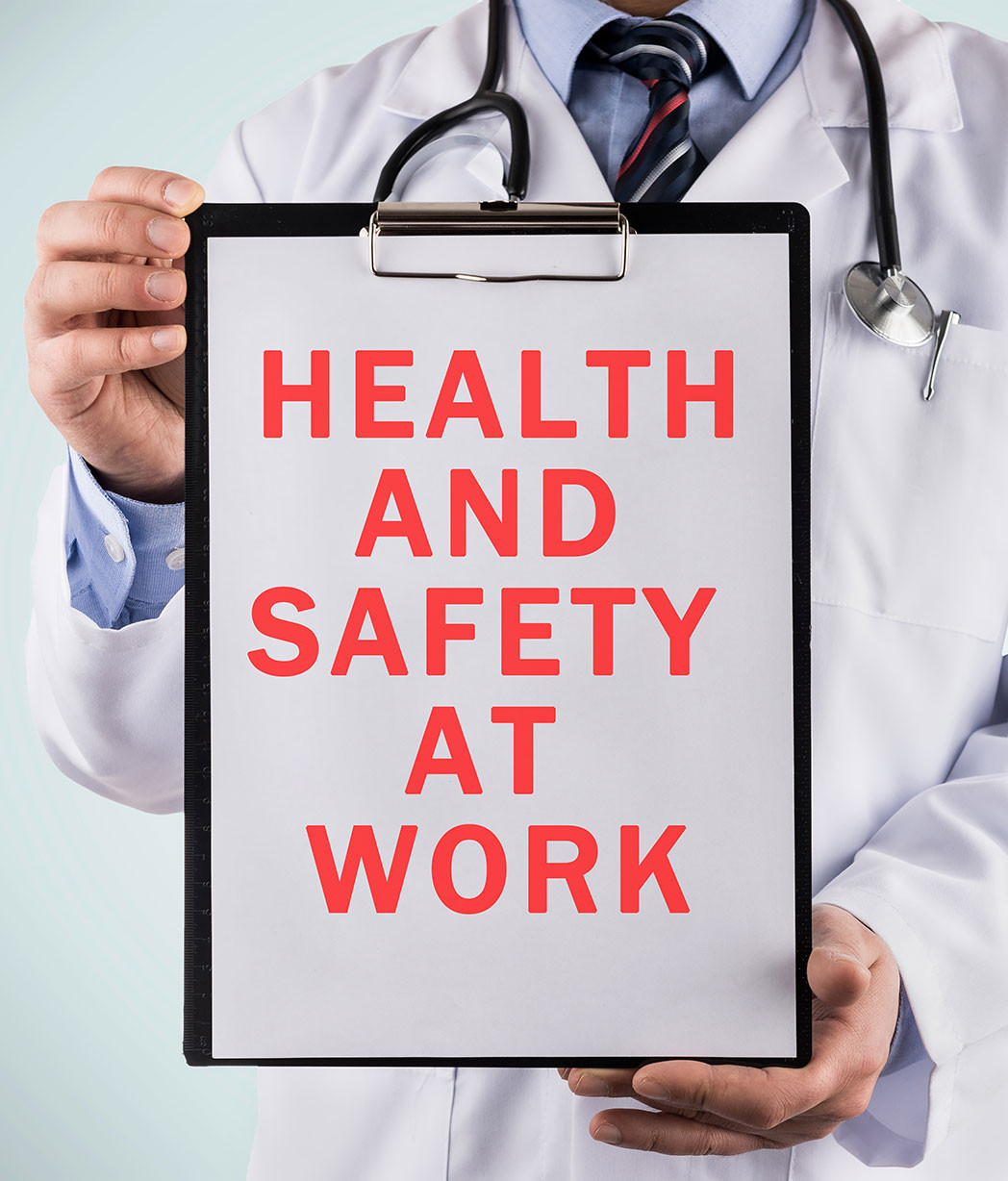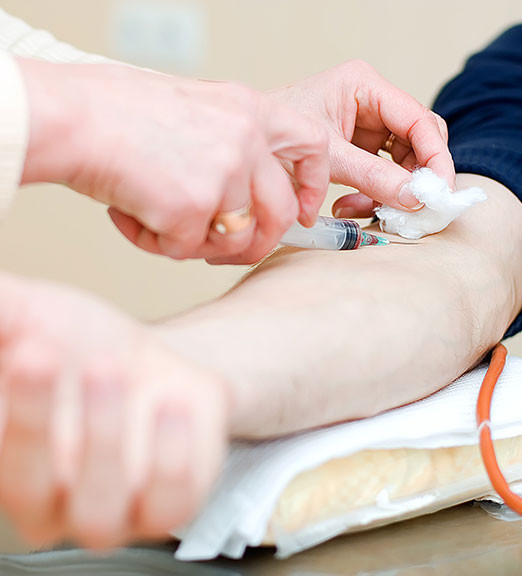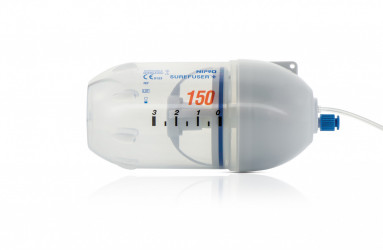
Each year, 1 in 6 ambulatory oncology nurses report unintentional skin or eye exposure to chemotherapy drugs1.
In Europe, it is estimated that 7,3 million nurses are exposed to hazardous drugs each year.2 The reason for the high exposure rate is associated with both the structure as well as processes of ambulatory chemotherapy settings. 1 However, there are ways to reduce the exposure including favorable practice environments, lower nursing workloads, and adherence to the independent double check (IDC) verification.1 Although the IDC verification procedure may not directly influence exposure, adherence to this procedure might be associated with beliefs in safety production.3 These results show that it is important to create a strong safety culture to reduce risks.

The reduction of exposure risk is particularly important when handling hazardous drugs, which chemotherapy drugs often are. Several studies have indicated an increased risk for reproductive issues and cancer among nurses with occupational exposure to antineoplastic drugs. One study investigating the effect on reproductive outcomes showed that there is an association between exposure to antineoplastic drugs and time to pregnancy, premature delivery, and low birth weight. However, the association was only clear among nurses in the highest exposure group.4 These results further emphasize the need to, and effect of, reducing exposure.
In order to reduce the risk of exposure, a strong safety culture is important. Procedures and guidelines for safe work practices play an essential role in ensuring this. Over the years, several guidelines for working with hazardous drugs have been established by different national and international organizations.
Nipro has gathered numerous guidelines for you, both high-level legislative guidelines as well as more practical working procedures. If you are interested in receiving a copy of the guidelines, please fill out the contact form below and we will reach out to you.

As Nipro is a strong advocate for a safe work environment, we will donate 5000 EUR to a healthcare institution for investment in work-safety related trainings or equipment.
We will select the healthcare institution based on an online voting for healthcare professionals. The healthcare institution that receives the most votes, with a minimum of 20 votes, will receive the donation. You can submit your vote via the contact form below. All votes from healthcare professionals submitted latest on January 31st will be considered. Only one vote per person. If no healthcare institution received a minimum of 20 votes by January 31st, we will launch a second voting round only including the healthcare institutions that received at least 5 votes in the first round.
Contact form
References
- C. R. Friese, "Structures and processes of care in ambulatory oncology settings and nurse-reported exposure to chemotherapy," BMJ Qual Saf., p. 21(9):753–759, 2012.
- EFN, The parliament Magazine, 20 June 2017. [Online]. Available: https://www.theparliamentmagazine.eu/news/article/preventing-the-exposure-of-nurses-and-health-professionals-to-hazardous-drugs. [Accessed 11 August 2021].
- D. L. Schwappach, K. Taxis and Y. Pfeiffer, "Oncology nurses‘ beliefW. Fransman, N. Roeleveld, S. Peelen, W. de Kort, H. Kromhout and D. Heederik, "Nurses With Dermal Exposure to Antineoplastic Drugs - reproductive outcomes," Epidemiology, vol. 18, no. 1, pp. 112-119, 2007. s and attitudes towards the double-check of chemotherapy medications: a cross-sectional survey study," BMC Health Serv Res., vol. 18, no. 123, 2018.
- W. Fransman, N. Roeleveld, S. Peelen, W. de Kort, H. Kromhout and D. Heederik, "Nurses With Dermal Exposure to Antineoplastic Drugs - reproductive outcomes," Epidemiology, vol. 18, no. 1, pp. 112-119, 2007.

